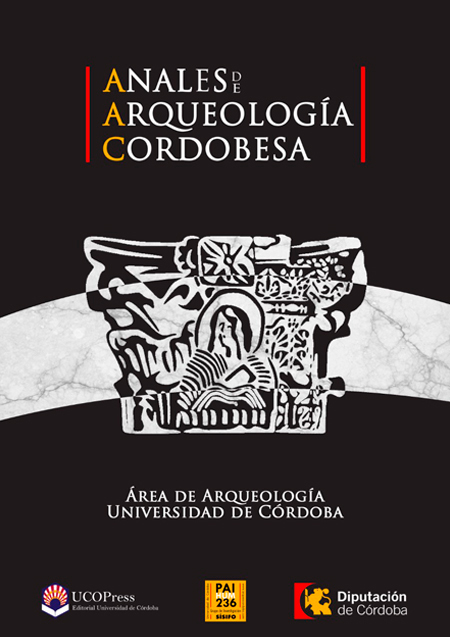Detecting Roman Britain: the Portable Antiquities Scheme and the study of provincial material culture
DOI:
https://doi.org/10.21071/aac.v0i25-26.6413Keywords:
Roman Britain, metal-detecting, iconography, brooch, figurine, enamel, vessel, knife-handle, hunting, erotica.Abstract
This article examines the significance of a major new source of archaeological data from Roman Britannia, the Portable Antiquities Scheme (PAS), a department within the British Museum responsible for documenting archaeological objects found in England and Wales by members of the public, mainly metal detectorists. Of the more than one million objects now recorded, more than a quarter are Roman in date, documented mainly from what were, in the Roman-period, rural landscapes in eastern England. After outlining their broad character and distribution the article uses two case studies to explore the contribution of this new dataset to understanding rural Britannia, one on brooch types in relation to the study of provincial costume, the other on the new iconographic evidence for the visual culture of the province.Downloads
Download data is not yet available.
Downloads
Published
2016-12-01
How to Cite
PEARCE, J., & WORRELL, S. (2016). Detecting Roman Britain: the Portable Antiquities Scheme and the study of provincial material culture. Anales De Arquelogía Cordobesa, (25-26), 19–48. https://doi.org/10.21071/aac.v0i25-26.6413
Issue
Section
ARTICLES
License
Aquellos autores/as que tengan publicaciones con esta revista, aceptan los términos siguientes:- Los autores/as conservarán sus derechos de autor y garantizarán a la revista el derecho de primera publicación de su obra, el cuál estará simultáneamente sujeto a la Licencia de reconocimiento de Creative Commons que permite a terceros compartir la obra siempre que se indique su autor y su primera publicación esta revista.
- Los autores/as podrán adoptar otros acuerdos de licencia no exclusiva de distribución de la versión de la obra publicada (p. ej.: depositarla en un archivo telemático institucional o publicarla en un volumen monográfico) siempre que se indique la publicación inicial en esta revista.
- Se permite y recomienda a los autores/as difundir su obra a través de Internet (p. ej.: en archivos telemáticos institucionales o en su página web) antes y durante el proceso de envío, lo cual puede producir intercambios interesantes y aumentar las citas de la obra publicada. (Véase El efecto del acceso abierto).


